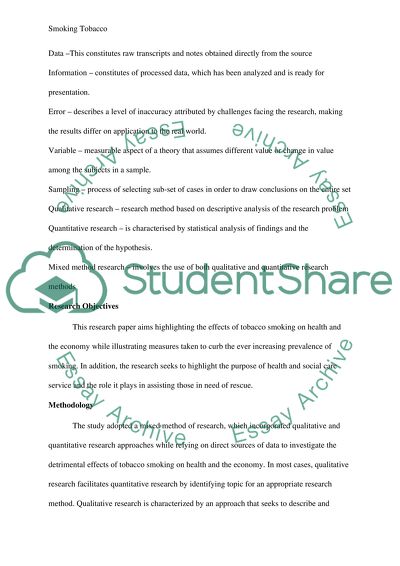Cite this document
(“Smoking Tobacco Research Paper Example | Topics and Well Written Essays - 3000 words”, n.d.)
Retrieved from https://studentshare.org/sociology/1612716-smoking-tobacco
Retrieved from https://studentshare.org/sociology/1612716-smoking-tobacco
(Smoking Tobacco Research Paper Example | Topics and Well Written Essays - 3000 Words)
https://studentshare.org/sociology/1612716-smoking-tobacco.
https://studentshare.org/sociology/1612716-smoking-tobacco.
“Smoking Tobacco Research Paper Example | Topics and Well Written Essays - 3000 Words”, n.d. https://studentshare.org/sociology/1612716-smoking-tobacco.


